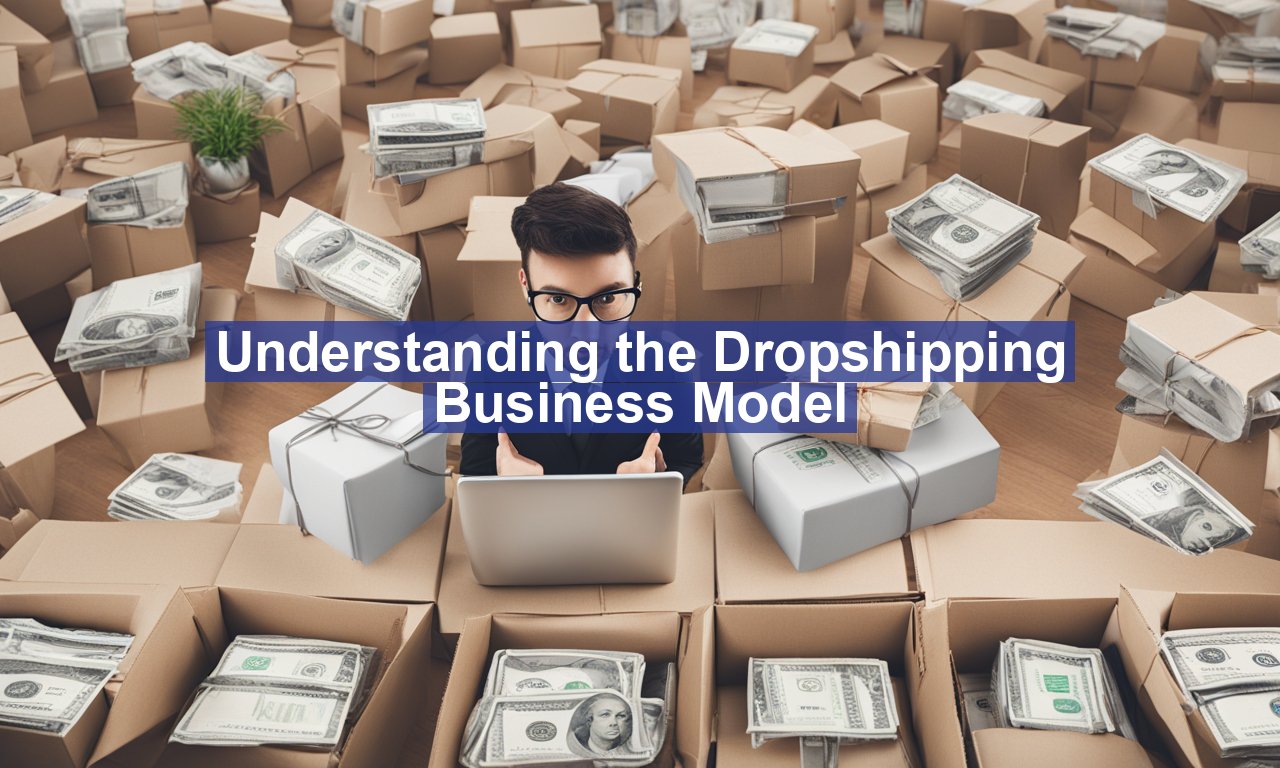Understanding the Dropshipping business model, Imagine running a retail store where you never have to worry about managing inventory, shipping products, or renting warehouse space. Sounds appealing, right? This is precisely the allure of the dropshipping business model.
As e-commerce continues to flourish, dropshipping stands out as an innovative approach, allowing entrepreneurs to leap into the market without the usual financial and logistical burdens. But how does it really work, and is it the right path for you?
Understanding the Dropshipping Business Model Step-by-Step Guide
What is Dropshipping?
The dropshipping model is a streamlined way for online retailers to connect with customers without handling the inventory directly. In simple terms, when a store sells a product using dropshipping, it purchases the item from a third party and has it shipped directly to the customer.
- Low upfront investment: You don’t need to purchase products in bulk.
- Reduced overhead: No need for a physical warehouse or logistics team.
- Flexibility: Ability to offer a wide range of products.
How Does Dropshipping Work?
The dropshipping process is usually straightforward:
- A customer places an order on the online store.
- The store owner forwards the order details to their dropshipping supplier.
- The supplier prepares and ships the product directly to the customer.
- The store owner earns the difference between what they charged the customer and what the supplier charged them.
This model is attractive because it minimizes risk: retailers can test new products without large commitments. However, it requires the retailer to have a keen digital marketing strategy to drive traffic to their site.
Pros and Cons of Dropshipping
Pros
- No Inventory Management: Focus more on marketing and customer service instead of stocking products.
- Customizable and Scalable: Easily expand product offerings without increasing overhead costs.
- Global Reach: Access to a worldwide market, making international sales more feasible.
Cons
- Lower Margins: With no control over cost and limited negotiation power, profit margins can be slim.
- Supply Chain Issues: Dependency on suppliers can cause problems with product quality and delivery times.
- High Competition: The low barriers to entry mean you’ll likely face a crowded market.
Is Dropshipping Good for You?
While the allure of low-risk entrepreneurship is enticing, it’s essential to assess whether dropshipping suits your individual business goals. If you enjoy digital marketing, have a knack for trend forecasting, and are keen on customer satisfaction, dropshipping could be a good fit.
It’s also worth considering the level of commitment you’re willing to make. Because you won’t be managing inventory, your primary focus will be attracting and retaining customers through exceptional service and efficient operations.
Getting Started with Dropshipping
Choose Your Niche
Identifying a targeted niche is crucial. It helps you avoid an overcrowded market and allows for more focused marketing strategies. Look for a niche with growth potential and minimal competition. To learn more about identifying viable niches, you might want to conduct in-depth market research.
Select Reliable Suppliers
Your suppliers are the backbone of your dropshipping business. Opt for suppliers with a track record of reliability and quality. There are platforms like Alibaba, Oberlo, and AliExpress that connect you with verified suppliers. Test product samples beforehand to ensure quality.
Optimize Your Online Store
Excelling in dropshipping requires a well-optimized online store. Ensure your website is user-friendly, mobile-responsive, and provides a seamless purchase experience. Additionally, investing in SEO will make your store more discoverable. Create valuable content centered around your niche to improve your ranking in search results.
Master Your Marketing and Customer Service
Since marketing is the primary driver of traffic, understanding customer preferences and leveraging platforms like Facebook, Instagram ads, and Google AdWords is crucial. Also, providing top-notch customer service can help your business stand out amidst fierce competition. Make sure your customers have a smooth and pleasant experience, from browsing to purchase.
Conclusion
The understanding the Dropshipping business model is not a get-rich-quick scheme, but it provides a scalable, low-risk way to enter e-commerce. Balancing the challenges and benefits is key to running a successful dropshipping business, making it vital to stay informed and adaptable.
For anyone considering this path, remember that while the barrier to entry is low, achieving success requires diligence, creativity, and a keen eye for emerging trends.


